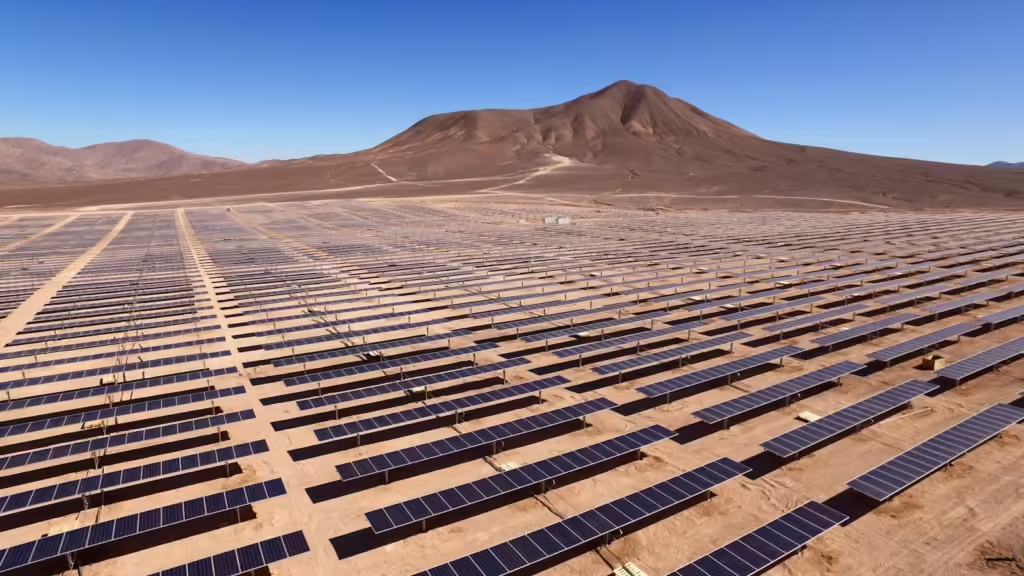Passive solar heating is a building design strategy that harnesses solar energy to regulate indoor temperatures. By capturing and storing the sun’s heat within the building’s structure, passive solar systems maintain a comfortable indoor environment without relying on active heating systems. This approach can store heat energy during the day, then release it as temperatures cool in the evening, keeping indoor spaces warmer when needed. Besides providing a comfortable living space, passive solar heating reduces energy consumption and minimizes maintenance costs. These systems are especially well-suited for small buildings designed with energy efficiency in mind.

Core Elements of a Passive Solar Heating System
A passive solar heating system relies on several essential elements:
- Window Orientation: Windows should be oriented to capture maximum sunlight, with south-facing windows being ideal in the Northern Hemisphere.
- Thermal Mass: Materials like concrete, bricks, ceramic tiles, and stone serve as thermal mass, absorbing and holding solar heat. These materials can release stored warmth into the building when temperatures drop.
- Heat Transfer Mechanisms: The system uses three primary methods to transfer heat:
- Radiation: Movement of heat as waves from the thermal mass into the room.
- Convection: Heat transfer through air movement, such as warm air rising.
- Conduction: Direct transfer of heat from one surface to another, like touching a hot wall.
These elements are particularly effective in low-rise buildings and spaces like hallways, break rooms, or maintenance facilities, where they can reduce heating costs by 25-75% compared to conventional heating.
Passive Solar Heating Techniques
Passive solar heating can be implemented through three main approaches: direct gain, indirect gain, and isolated gain systems. Each has its unique structure and way of utilizing sunlight to maximize energy efficiency.
Direct Gain System
The direct gain system is the simplest form of passive solar heating, where sunlight directly enters the living space, allowing it to capture, absorb, and distribute solar heat. South-facing glass windows enable sunlight to enter and strike thermal mass materials like masonry walls and floors, which absorb the solar energy during the day. As night falls, the stored heat radiates from these materials, warming the room. The direct gain system can use about 60-75% of the sunlight that strikes the window, making it an efficient and straightforward solution for maintaining warmth.
Indirect Gain System
In an indirect gain system, the thermal mass is positioned between the sun and the living space, absorbing solar heat and then conducting it into the room. This method captures approximately 30-45% of sunlight for heating purposes and includes three primary techniques:
- Trombe Wall: A thermal storage wall, or Trombe wall, absorbs and stores heat during the day. Excess heat flows from the wall into the living space through vents, utilizing the thermosyphon principle (the natural movement of heat without mechanical assistance). At night, the vents are closed, and the wall gradually releases stored heat.
- Water Wall: Transparent containers filled with water serve as thermal mass in a water wall system. Water absorbs solar heat during the day and slowly releases it into the room at night, providing a reliable and gradual heating effect.
- Roof Pond: The roof pond system involves encasing water in plastic beds on the roof, making it unique for offering both heating and cooling. During winter, the roof pond absorbs solar heat during the day and releases it at night. In summer, movable insulation covers the pond during the day to reduce heat absorption, allowing the water to absorb indoor heat instead and create a cooling effect.
Roof Pond System
The roof pond system, as part of the indirect gain approach, offers a distinct advantage in climates with both warm and cold seasons. During summer days, movable covers or insulation over the roof pond minimize solar heat intake. At night, the insulation is removed, and the water releases stored indoor heat to the cooler outside air. In winter, the process reverses: insulation is removed during the day to allow sunlight to warm the pond, while it is covered at night to keep the warmth within the building. This dual functionality of roof ponds makes them a flexible choice for passive solar heating and cooling.
Isolated Gain System
In an isolated gain system, solar energy is captured in a part of the building that is separate from the main living area, and heat is transferred to living spaces when needed. One popular example is a sunroom, which combines direct and indirect gain methods by incorporating windows and thermal mass. The isolated gain system typically uses a medium, such as air or water, to transport heat via natural or driven convection.
- Sunroom Structure: The sunroom, for instance, uses both direct sunlight and thermal storage. A flat plate collector gathers solar energy, which then moves through pipes or ducts by natural convection to a storage area, often a rock bin (for air systems) or a water tank (for liquid systems).
- Heat Transfer: If air is used as the transfer medium, warm air moves into a bin filled with rocks, which absorb the heat, cool, and return to the collector to complete the cycle. Radiant heat from the rock bin then warms the living space at night.
- Water-Based System: When water is used, the heated water displaces cooler water, moving it to the collector in a continuous cycle, releasing warmth to the living space without mechanical assistance.
Conclusion
Passive solar heating is a sustainable and efficient means of warming buildings by making strategic use of sunlight. Each approach—direct gain, indirect gain, and isolated gain—provides unique ways to capture and store heat, significantly reducing energy consumption and creating comfortable indoor environments. Implementing passive solar heating can benefit building owners, particularly in regions with temperate or colder climates. Embracing passive solar design where feasible can reduce reliance on conventional heating, lower costs, and contribute to a more eco-friendly building landscape.
